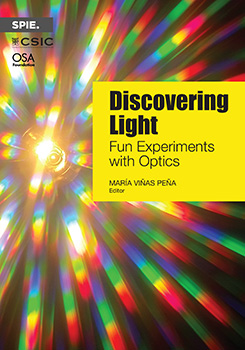SPIE Optical Metrology focuses on the latest optics and laser applications in optical metrology, multimodal sensing, artificial intelligence, and machine vision with applications for solving measurement, modeling, and inspection problems in industrial design and production engineering, vehicle navigation, multimedia technology, biotechnology, architecture, archaeology, and arts.
Take this opportunity to share your research at SPIE Optical Metrology 2021. Come to Munich to meet with users and researchers to discuss the latest inventions and applications in the field of optical metrology. The symposium will highlight new optical principles and systems for metrology, multimodal sensing, and machine vision with applications in industrial design, production engineering, process monitoring, maintenance support, biotechnology, vehicle navigation, multimedia technology, architecture, archaeology, and arts. Special emphasis is directed to model-based, remote and active approaches, sensor fusion, robot guidance, image
sequence processing and scene modelling, and biomaterials characterization, as well as to the preservation of our shared cultural heritage.
We invite engineers, scientists, researchers, trustees, and managers to attend this year’s meeting.
Co-located with Laser 2021 in Munich, Germany, this symposium will address the role of optics and lasers in the following areas:
• Optical Measurement Systems for Industrial Inspection
• Modeling Aspects in Optical Metrology
• Optical Methods for Inspection, Characterization and Imaging of Biomaterials
• Multimodal Sensing: Technologies and Applications
• Automated Visual Inspection and Machine Vision
• Optics for Arts, Architecture, and Archaeology
Further information







